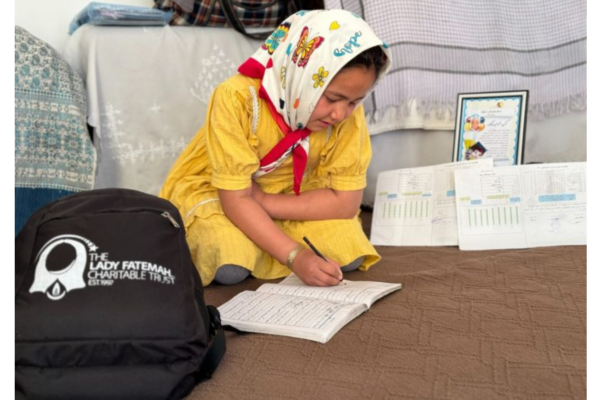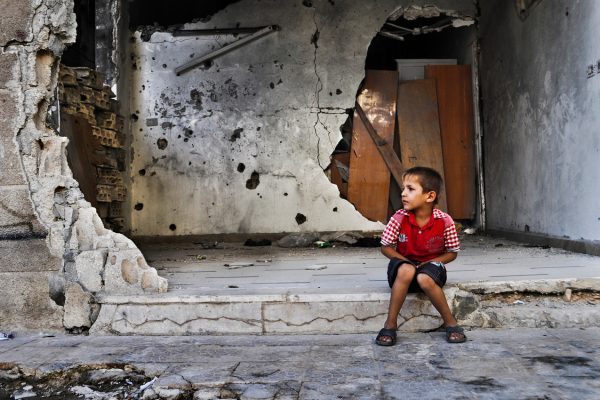Although collections from Zakat Foundation of America and other Muslim-guided nonprofit organizations begin before Eid al-Adha, the actual sacrifice must be made after Eid Salah on the morning of Eid al-Adha to comply with the sunnah.
Although collections from Zakat Foundation of America and other Muslim-guided nonprofit organizations begin before Eid al-Adha, the actual sacrifice must be made after Eid Salah on the morning of Eid al-Adha to comply with the sunnah.
It starts with the actual qurbani (also called udhiya, which is also spelled udhiyah).
Although udhiya and qurbani are words with different meanings, they’ve come to be used interchangeably for the charitable act of giving fresh meat on Eid al-Adha.
The root for udhiya is the same as the root for Adha in Arabic. And qurbani refers to the intentional act of bringing oneself closer to God. That act, slaughtering livestock in God’s name and distributing its fresh meat to the underprivileged, is a tradition from the Prophet Muhammad’s (peace upon him) sunnah.
It also commemorates the Prophet Ibrahim’s (peace upon him) willingness to sacrifice his son Ismail, who the Angel Jibreel (peace upon him) replaced with a ram. Granted, that’s the short version of the story. And the Prophet Abraham’s (peace upon him) story extends far beyond ritual sacrifice, or qurbani.
How much do you give?
Each person giving qurbani is only responsible for one share. The price of that share depends on the type of livestock and the region where it’s bought. One goat or sheep requires just one qurbani share. A cow, on the other hand, requires seven shares.
That does not mean an individual needs to pay seven shares to donate a cow. It means seven people can split the cost of a cow for qurbani (udhiya).
In short: one goat can equal one qurbani, and one-seventh of a cow can also equal one qurbani.
When should you give your qurbani share?
Although collections from Zakat Foundation of America and other Muslim-guided nonprofit organizations begin before Eid al-Adha, the actual sacrifice must be made after Eid Salah on the morning of Eid al-Adha to comply with the sunnah.
It is acceptable to sacrifice before the khutbah (sermon) that follows the Eid Salah, but it is preferable to sacrifice after it.
Let one who has offered sacrifice before the [Eid] Prayer offer another sacrifice in its place. And one who has not offered sacrifice, let him do so in the name of Allah” (Muslim).
For those who live in an area that offers more than one Eid prayer on Eid al-Adha, it is sufficient for one of these congregations to complete its Salah to perform one’s sacrifice.
How should qurbani meat be given?
For those who are performing qurbani themselves or are with the one doing it for them, the Prophetic practice is to divide the meat of the sacrifice into thirds. One for the giver’s household to eat, one for gifts to near and dear ones, and one to give in charity. It is forbidden to sell anything of one’s qurbani (udhiya) meat.
The Prophet, peace upon him, said, “Whoever sells the skin of his udhiya, there is no udhiya for him.” In other words, it does not count as a qurbani sacrifice.
For those who donate their money to have qurbani performed in a different area (especially overseas), there is no expectation to eat from that meat. It is not acceptable to give canned or frozen meats, or meats slaughtered before Eid al-Adha.
Zakat Foundation of America delivers fresh, hand-slaughtered qurbani meat on Eid al-Adha in dozens of countries across five continents.





